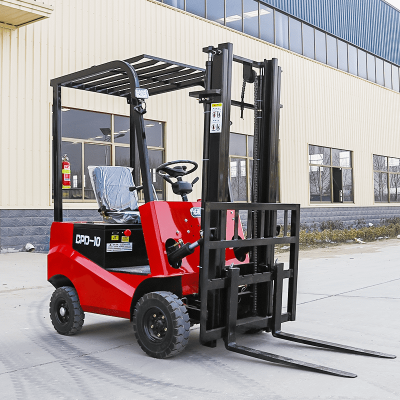What Is the Difference Between a Loader and a Forklift?
While both loaders and forklifts are used for material handling, they serve distinct purposes and are designed for different environments.Design and Function
Loader: A loader is designed for heavy-duty tasks, such as scooping, digging, and loading bulk materials. It features a large bucket and is typically used outdoors in construction, mining, and demolition sites.
Forklift: A forklift is built for lifting and transporting pallets and crates. It uses forks or clamps to handle materials, making it ideal for indoor environments like warehouses and distribution centers.
Load Capacity
Loader: Loaders can handle much heavier and bulkier materials, with capacities ranging from several tons to over 100 tons, depending on the model.
Forklift: Forklifts are designed for lighter loads, typically up to a few tons, and focus on precision lifting and stacking.
Mobility and Terrain
Loader: Loaders are built for rugged terrain and can operate on uneven ground, thanks to their robust construction and wide tires or tracks.
Forklift: Forklifts are optimized for smooth, flat surfaces, such as warehouse floors, and may struggle on uneven or soft ground.
Applications
Loader: Used in construction, mining, and landscaping for excavation, loading, and material movement.
Forklift: Used in logistics, manufacturing, and retail for loading, unloading, and stacking goods.
In summary, loaders are heavy-duty machines for outdoor bulk handling, while forklifts are precision tools for indoor material transport. Choosing the right equipment depends on the specific needs of the task.





